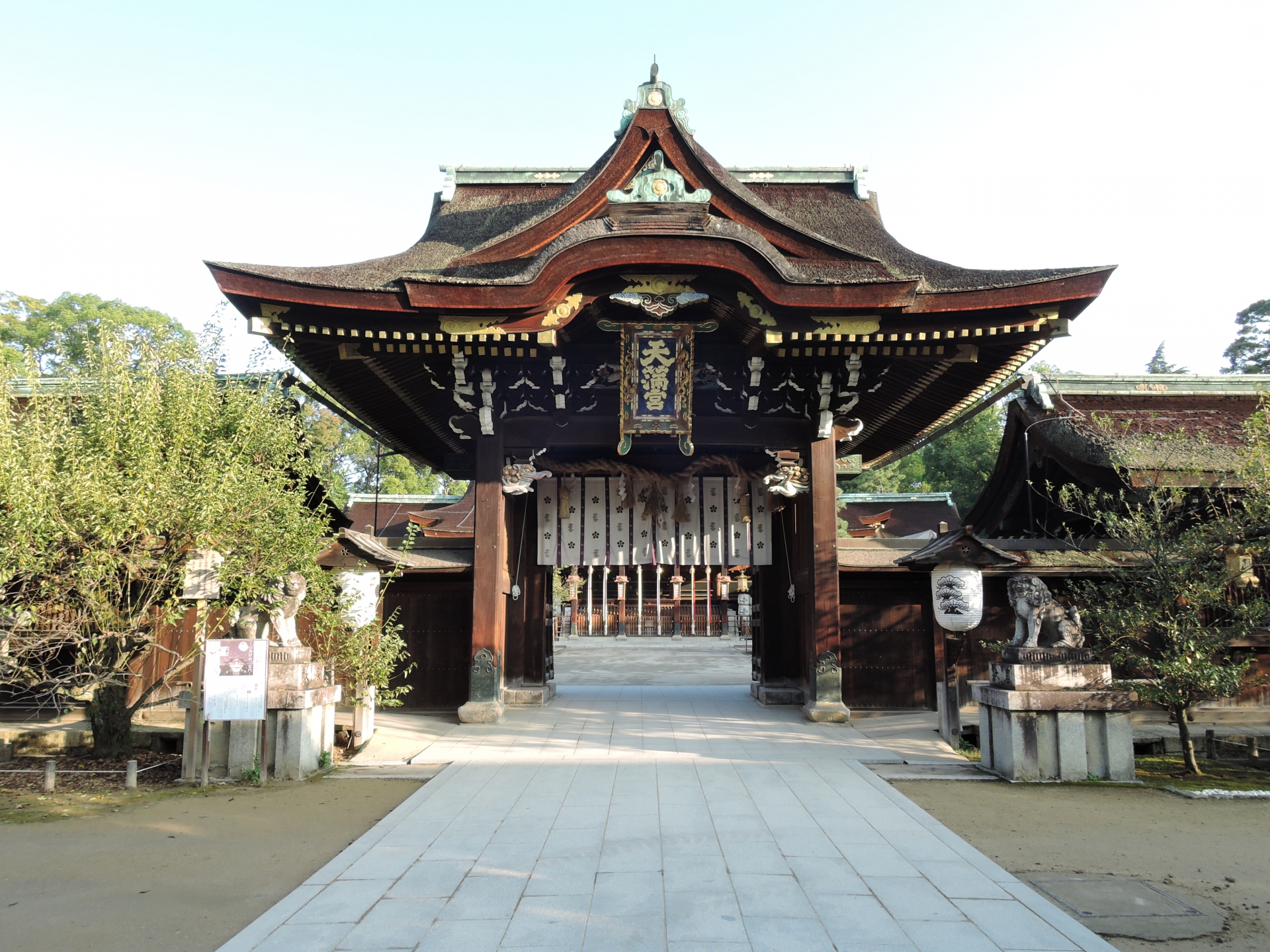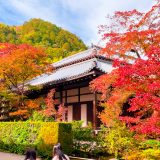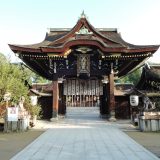Kitano Tenmangu Shrine is one of Kyoto’s representative shrines and is dedicated to Sugawara no Michizane, known as the god of learning. This shrine, visited every year by many students and students preparing for entrance exams to pray for success, is a place that strongly reflects the history and culture of the ancient capital of Kyoto.
In this article, we will introduce the highlights of Kitano-Tenmangu Shrine, how to access it, and tips on how to deeply appreciate the charm of this shrine!
Table of Contents
What is Kitano Tenmangu Shrine?
Kitano-Tenmangu Shrine was founded in 947 as a shrine dedicated to Sugawara no Michizane, the god of learning. After Michizane’s death, the shrine was built to comfort his spirit and protect people from natural disasters and epidemics. Since then, Kitano-Tenmangu Shrine has been known as the god of learning and as a famous place in Kyoto known for its beautiful plum bloss oms.
History of Kitano-Tenmangu Shrine
Sugawara no Michizane was a scholar and politician in the early Heian period. He died in 903 after losing a power struggle at the Imperial Court and being exiled to Dazaifu. Kitano Tenmangu Shrine was later built in memory of his death.
Since Michizane loved plum blossoms and learning, many plum trees were planted at the shrine, and the shrine also became a god of learning.
Places of interest
Main Shrine
The main hall, designated as a National Treasure, is decorated with gorgeous carvings, and conveys the beauty of the ancient capital of Kyoto. The carvings, which are designated as important cultural assets, are especially magnificent and show the traditional beauty of Japan.
Ume Garden “Flower Garden
The plum garden of Kitano Tenmangu Shrine is planted with more than 1,500 plum trees of about 50 varieties, and the plum blossoms from February to March are a spectacular sight. Especially in early spring, the Umehana Matsuri (Plum Blossom Festival) and the Umehana Matsuri Nodate Grand Tea Ceremony are held, attracting many visitors to the garden!
The flower garden is only open to the public for a limited time, so we recommend that you check the official website carefully before visiting!
Tenjin Market
On the 25th of every month, Tenjin Ichi (Tenjin Market) is held in the precincts of the shrine. This market, featuring food, sundries, used books, etc., is a very popular event for locals and tourists alike!
It is considered to be one of the two most popular holidays of the year, along with Koboichi at Toji Temple, and is characterized by the large number of stalls selling secondhand tools, antiques, used clothing, and other items.
How to get there
From Kyoto City, it is easily accessible by city bus or JR bus. In particular, City Bus Route 50 is a convenient route that goes directly from Kyoto Station to Kitano Tenmangu Shrine.
Recommended time to visit
February through March, when the ume plum blossoms are in full bloom, is a particularly good time to visit, but the seasonal flowers and natural beauty of the area make it worth a visit all year round. Also, during the examination season, the shrine is crowded with people praying for success in entrance examinations.
Tips for enjoying Kitano-Tenmangu Shrine more
When visiting, try to come early in the morning or just before the gates close. During these relatively uncrowded hours, you can enjoy the beauty of the shrine in a quieter and more solemn atmosphere.
Also, if you visit in conjunction with events such as the Tenjin Market or the Ume Festival, it will surely be a special experience!
Conclusion
Kitano Tenmangu Shrine is a historic shrine in Kyoto known for its worship of the god of learning. The beauty of the plum blossoms, the splendor of the main shrine, and the atmosphere of the shrine with its prayers for learning continue to attract visitors.
We encourage you to visit this sacred place when you come to Kyoto. You will feel the blessings of the god of learning and the history of the ancient capital.




